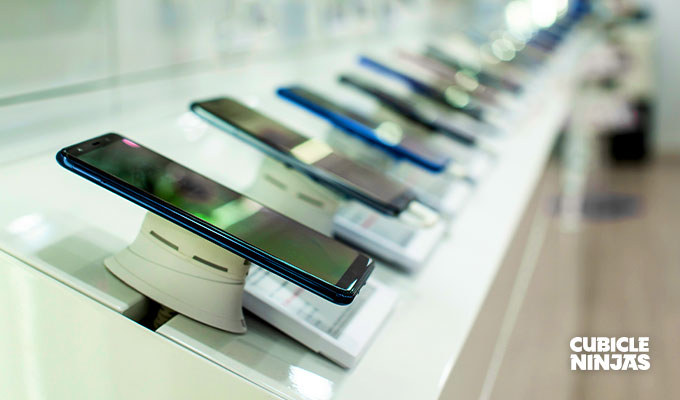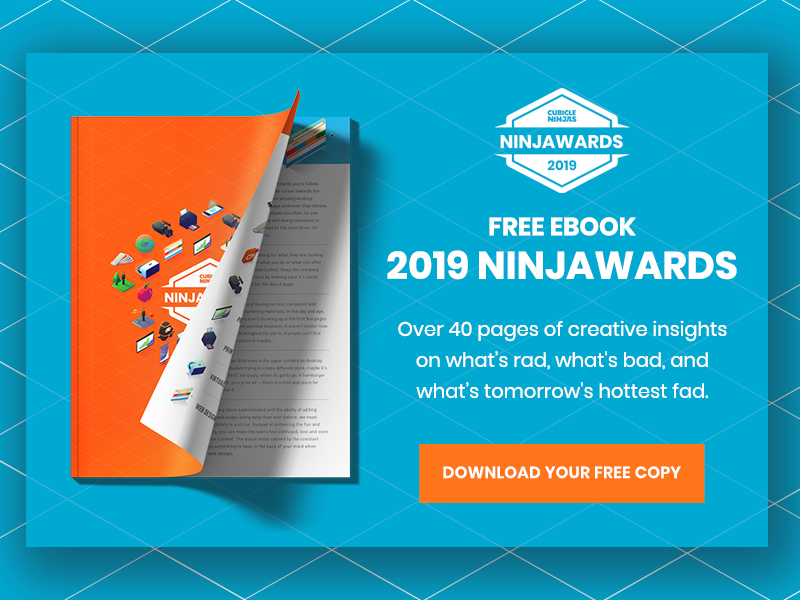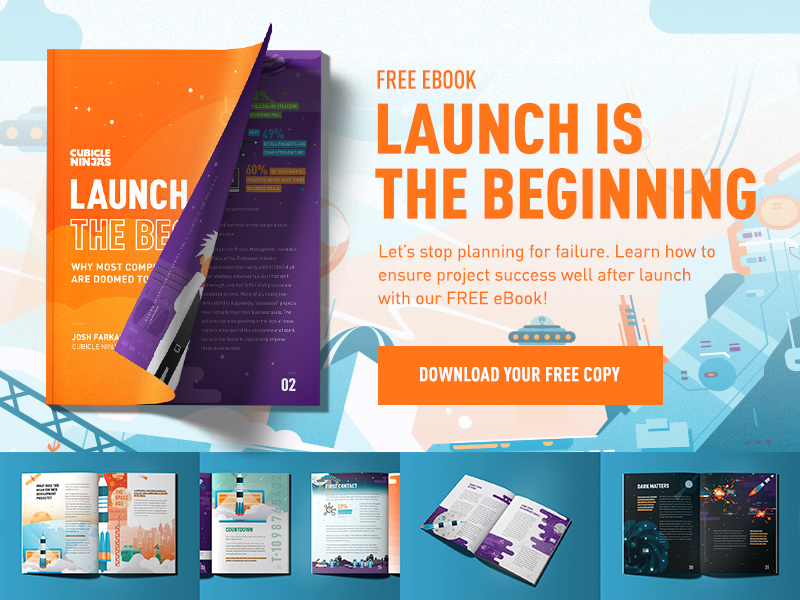
Think of the best company you know. I want to know your absolute favorite brand. The one you’ll always be loyal to and who has your trust. Got one? Good.
Now, I want you to think of other companies that sell the same (or a similar) product or service. Think of at least three other brands. Ready? Perfect.
Finally, I’d like for you to do some reflection. Why aren’t any of those other brands good enough to be your favorite? Better yet, what does your favorite company offer that nobody else can?
Congratulations, you’ve just identified your favorite company’s competitive advantage examples – at least for whatever bracket of consumer you fall into. Different people find different value in the same brands, so many companies have multiple competitive advantages.
In this article, I’m going to walk you through four of the most common competitive advantage examples, and then teach you how to identify what your company’s competitive advantage might be. Oh, and don’t worry- I’m not going to ask any more difficult questions! Just sit back, relax, and absorb all of this valuable information.
4 Competitive Advantage Examples
1. Pricing
When you can provide value at a lower price than any of your competitors, you’ve found a price-based competitive advantage. This is a sure-fire way to get your customers attention!
Think of the McDonalds dollar menu, or Walmart’s promise of “everyday low prices”. The idea of spending less sticks with consumers like nothing else and they often gravitate to companies who can provide it. Value is something that everyone can agree on, making this one of the most popular competitive advantage examples.
The most sustainable way to create a price-based competitive advantage is to lower the price of your product or service to the point where no other company can match or beat it. Often, this is accomplished by lowering operational costs, but whatever works for you is just fine! Your customers certainly aren’t going to care how you do it (to an extent- keep it ethical, people).
2. Product or Service Differentiation
Product/service differentiation is accomplished when a company provides better benefits (as perceived by the customer) than the competitors. This competitive advantage is all about quality as it relates to any aspect of the customer experience.
Amazon does this by offering free 2-day shipping with Amazon Prime. Other companies may offer longer warranties on their work or products or guarantee exceptional customer service.
If your competitors aren’t doing something that your audience would jump at the chance to have, step in and fill that desire! The difficult part can be attaching the bonus to the product/service that you offer. If you manage to do it, you’re well on your way to differentiating your company.
3. Processes
Processes refer to how you do business, meaning that this advantage is often not about the product itself, but more so about how you operate each step from manufacturing to delivery. There’s lots of room for innovation here. If you have an especially novel idea, often times your process-based competitive advantage also has the benefit of being sustainable.
For example, if you have exclusive access to a specific type of technology, a unique manufacturing process, or a capacity to provide 24/7 customer service, you may be cultivating a process-based competitive advantage.
4. Authority
This competitive advantage is carefully cultivated over a lengthy period of time. This involves gaining a high level of trust with your customers, which comes from regularly engaging with them and consistently providing them with value.
If I say running shoes, what company do you think of first? I think Nike, immediately. That’s because I consider them to be the authority in that field. I like their running shoes, I purchase from them regularly, and I trust their products…what more can I say? I consider them to be my authority in the running shoe industry.
I recognize that your company’s competitive advantage examples might not be reflected here- but that doesn’t necessarily mean that you don’t have any advantage at all! I’ve only listed four common competitive advantage examples here, so this is by no means an exhaustive list.
How do I identify my company’s competitive advantage?
Honestly, identifying your company’s competitive advantage is pretty easy to do with some critical thinking…and access to Google, of course. You’re probably already aware of your edge in a broad sense, but it’s useful to be as specific as possible when articulating it.
Let’s walk through a basic competitive advantage analysis.
1. Evaluate your competitors
Look at companies that offer similar products or services to your business. You may already be familiar with your competitors, or you may need to use a search engine to comb through all the players and to identify up and coming brands.
I would always recommend looking up your competitors online, even if you think you know them inside and out- their websites may announce new products, features, or services that could threaten your advantage. The sooner you know about encroaching competition, the faster you can act to protect your advantage. It’s better to find out for yourself rather than hear it from a customer.
2. Evaluate what you offer that is special
Do customers flock to you for your service? Products? Reputation? Location? Price? Speed of delivery? Something else entirely?
You’re trying to determine exactly why your customers buy from you. Don’t take this the wrong way, but what makes you so special? If you can’t identify your edge, it’s even more unlikely that a customer would be able to do it. Unfortunately, your competitors will benefit from your lack of specific value.
It’s useful to recognize that this evaluation may get a little complicated if you offer different benefits to different customers. For example, if you’re a family owned bakery, you may offer three different kinds of value to different customers:
- Convenience: let’s say your located right beside the largest high school in town, so parents like to stop by before and after school hours
- Safety: you also offer allergen free baking (which is not easy to find elsewhere in the city), so people with allergies trust you for all their baked goods
- Local: you’re a local business, so people who want to buy local like to shop with you frequently
As you can see, it’s possible to offer different competitive advantages to different audiences. This isn’t inherently a good or bad thing- it’s all about as you manage each aspect of your advantage to continue to cater to your audiences.
3. Evaluate if you’re milking your advantage for all it’s worth
If you have a competitive advantage, that’s fantastic. Now be sure to milk it as much as possible! Focus your company on increasing your advantage further and further until you’re leading your field in it. And don’t stop once you’re there! Continue to distance yourself from the competition- it makes it harder for them to catch up.
To take your competitive advantage further, it’s important to dissect it as much as possible. If you offer savings, look into your financials to determine exactly where you’re saving money. Explore whether it is possible to save even more in this area. Are there other areas where it’s possible to create savings? Are there vulnerabilities that could cause your costs to go up across these areas? Be as specific as possible in your answers.
4. Evaluate whether your advantage is sustainable
If what you’ve identified as your advantage is easily replicable by a competitor or relying on the consistency of external factors, you may face difficulty differentiating yourself in the future. If a competitor manages to steal your advantage, you’ll lose customers. If external factors that you’re relying on shift, you’re leaving yourself incredibly vulnerable to losing the advantage. It is so important to recognize your weaknesses and vulnerabilities as soon as possible. That way, you can get to work on turning them into strengths- or at the very least, developing some self-protection mechanisms in case of competition. Overall, it really doesn’t matter what your competitive advantage examples are, whether they be pricing, product or service differentiation, processes, authority, or otherwise. What’s most important is that you have them- and that you not only protect them, but also use them to your advantage as much as possible.
Looking for More Marketing Insights?
Be sure to check out the The Ultimate Guide to Business Marketing on LinkedIn or enhance your leadership skills with our Top 10 Principles of Leadership Communication.
Looking for some creative help for your next project? Our team of talented ninja designers would love to assist!


















